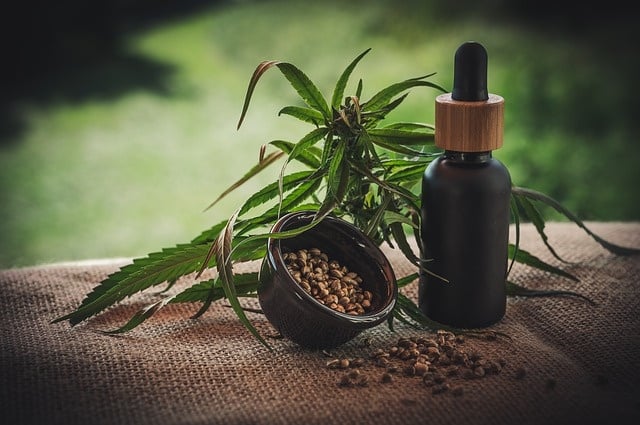Using deep eutectic solvents to extract CBD in a cost-saving, environmentally friendly way.
Wouldn’t it be nice if we had teleportation devices that ran on solar technology? We could easily travel without creating a large carbon footprint. Sometimes, fantasies will always be fantasies.
But imagine there was a less expensive, easy-to-use, highly efficient, and environmentally friendly way to scale up cannabidiol (CBD) extraction. According to a 2019 paper published in the Journal of Molecular Liquids [1], that may not be a fantasy.
While CBD is traditionally extracted into conventional organic solvents, the authors of this paper developed their own deep eutectic solvents (DESs) [2] as more environmentally friendly solution media for the extraction process. They combined certain compounds (one hydrogen bond donor and one hydrogen bond acceptor) to form ionic solvents with special properties. Such combinations included blends of choline chloride and D-sorbitol or betaine and urea, for example.
The authors used DESs because they:
- Have high thermal and electrochemical stabilities
- Are nonflammable
- Have negligible volatility
- Have high dissolving capacities
- Have lower toxicity
- Have higher biodegradability
- Are less expensive
- Are easier to prepare and store
They also pointed out that DESs are highly flexible in how they can be used. For example, the researchers noted that DESs can be used in:
- Gas capture
- Dissolving lignocelluloses
- Separation of azeotropic mixture
- Solid-liquid extraction
- Solid-phase extraction
- Liquid-phase microextraction
- Liquid-liquid microextraction
- Aqueous two-phase extraction
The researchers created a range of DESs for this study and subjugated CBD extraction to a wide variety of single-variable experiments. They created variables for the concentration of DESs, viscosity ratios, extraction time and temperature, and pH levels. The authors then analyzed their results and maximized the efficiency of the extraction process through response surface methodology (RSM).
They isolated the most effective extraction process:
- Choline chloride and (+)-Diethyl L-tartrate
- 48°C extraction temperature
- 55 minutes of extraction time
- 68 wt% DES concentration
- 1:24 solid-to-liquid ratio
With this process, they could extract 12.2 milligrams of CBD per gram of dried hemp leaf powder. After enrichment and recovery from the crude extract with macroporous resins (DM-130), they were able to reach a purity level of 28.9% and a recovery yield of 81.5%, thereby revealing a potential production path that could be scaled up. [1]
Plenty of people have concerns about the methodology of cannabinoid extraction. The chemicals used, the systems involved, and the byproducts created can all leave some people feeling like there’s got to be a better way. This 2019 paper suggests that using DESs for CBD extraction can be less expensive and greener than traditional methods.
We have our fantasies about a carbon-neutral cannabis industry, and it seems we keep getting closer.
Let us know in the comment section what else you’ve seen in recent research that has you excited about cannabinoid extraction!
References
- Cai, Changyong et al. “Green Extraction of Cannabidiol from Industrial Hemp (Cannabis sativa L.) Using Deep Eutectic Solvents Coupled with Further Enrichment and Recovery by Macroporous Resin.” Journal of Molecular Liquids, vol.287, 2019. [Times cited = N/A; Journal Impact Factor = 4.561]
- Gala, U. Pham, H., and Chauhan, H. “Pharmaceutical Applications of Eutectic Mixtures”, J. Develop Drugs, vol 2(3), 2013. [Times cited = 10; Journal Impact Factor = 0.67]












